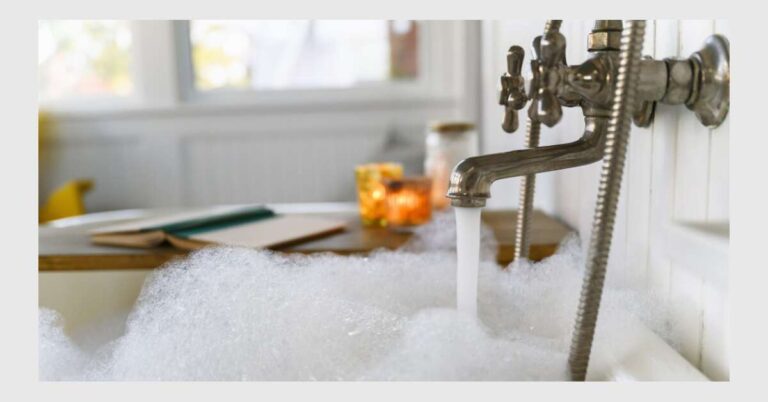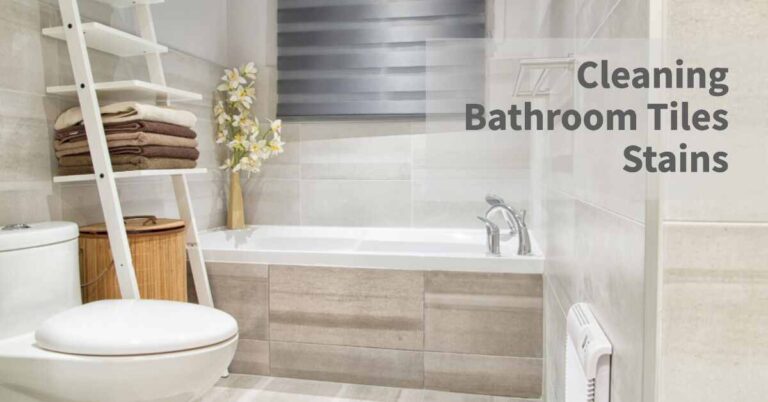If you’re looking for a way to update your bathroom without spending too much money or hiring a professional, installing new flooring might be a good option. Bathroom flooring can make a big difference in the look and feel of your space, as well as its functionality and durability. However, not all flooring types are suitable for bathrooms, and some are easier to install than others. In this article, we’ll explore some of the easiest bathroom flooring options to install yourself, along with their pros and cons, costs, and tips.
What to Consider When Choosing Bathroom Flooring
Before you decide on a flooring type for your bathroom, there are some factors you need to consider, such as:
- Moisture resistance: Bathrooms are prone to water spills, splashes, humidity, and mold. Therefore, you need a flooring material that can withstand moisture and prevent damage or health issues.
- Comfort: You want your bathroom floor to be comfortable underfoot, especially when you step out of the shower or bath. Soft, warm, and slip-resistant flooring can enhance comfort and safety.
- Style: Your bathroom floor should match your taste and the overall design of your bathroom. You can choose colors, patterns, textures, and finishes to create your desired look.
- Durability: Your bathroom floor should handle frequent use and wear and tear without fading, cracking, peeling, or staining. Durable flooring can last longer and save you money in the long run.
- Ease of installation: If you’re planning to install your bathroom floor yourself, you need a flooring material that is easy to work with, cut, fit, and secure. You also need to consider the tools and materials you’ll need for the installation process.
- Cost: Your budget is another important factor to consider when choosing your bathroom floor. The cost of flooring can vary depending on the type, quality, size, and brand of the material. You also need to factor in the cost of installation supplies and labor if you hire a professional.
Easiest Bathroom Flooring Options to Install Yourself
Here are some of the easiest bathroom flooring options that you can install yourself without too much hassle or expense.
Vinyl Flooring
Vinyl flooring is one of the most popular choices for bathrooms because it’s waterproof, durable, affordable, and easy to install. Vinyl flooring comes in two main forms: sheet vinyl and vinyl tiles or planks.
- Sheet vinyl is a large roll of vinyl that covers the entire floor in one piece. It’s ideal for small bathrooms because it has fewer seams where water can seep through. However, it can be tricky to cut and fit around corners and fixtures.
- Vinyl tiles or planks are individual pieces of vinyl that mimic the look of ceramic tiles or wood planks. They’re easier to cut and fit than sheet vinyl, but they have more seams that need to be sealed properly.
To install vinyl flooring yourself, you’ll need a utility knife, a tape measure, a straight edge, a chalk line, a trowel, adhesive or double-sided tape (for sheet vinyl), or a click-lock system (for vinyl tiles or planks). You’ll also need to prepare the subfloor by cleaning it and leveling it if necessary.
The average cost of vinyl flooring ranges from $1 to $5 per square foot¹, depending on the quality and style of the material.
Laminate Flooring
Laminate flooring is another option that can mimic the look of wood, stone, or tile without the high cost or maintenance. Laminate flooring is made of layers of compressed wood or fiberboard with a printed image on top and a protective coating. Laminate flooring is water-resistant but not waterproof, so it’s not recommended for areas with high moisture exposure or potential flooding.
To install laminate flooring yourself, you’ll need a saw, a hammer, a tape measure, spacers, underlayment (a thin layer of foam or cork that goes under the laminate), and a click-lock system that snaps the planks together. You’ll also need to acclimate the laminate planks to the room temperature and humidity for at least 48 hours before installation.
The average cost of laminate flooring ranges from $2 to $8 per square foot, depending on the quality and style of the material.
Peel-and-Stick Tiles
Peel-and-stick tiles are self-adhesive tiles that you can easily apply over your existing floor without any glue or grout. They come in various materials such as vinyl, ceramic, metal, or glass, and they offer a wide range of colors, patterns, and finishes. Peel-and-stick tiles are water-resistant but not waterproof, so they’re best suited for low-moisture areas or areas with good ventilation.
To install peel-and-stick tiles yourself, you’ll need a utility knife, a tape measure, a straight edge, a level, and a roller. You’ll also need to clean and dry the subfloor thoroughly and remove any loose or damaged tiles.
The average cost of peel-and-stick tiles ranges from $0.50 to $5 per square foot, depending on the material and quality of the tiles.
Carpet Tiles
Carpet tiles are modular pieces of carpet that you can arrange and attach to your floor with adhesive or tape. They’re soft, warm, and comfortable underfoot, and they can add some color and texture to your bathroom. Carpet tiles are also easy to replace if they get stained or damaged. However, carpet tiles are not very water-resistant or mold-resistant, so they’re not suitable for wet areas or humid climates.
To install carpet tiles yourself, you’ll need a utility knife, a tape measure, a chalk line, and adhesive or double-sided tape. You’ll also need to vacuum the subfloor and make sure it’s smooth and level.
The average cost of carpet tiles ranges from $1 to $4 per square foot, depending on the material and quality of the tiles.
Tips for Installing Bathroom Flooring Yourself
Here are some tips to help you install your bathroom flooring yourself successfully and safely:
- Measure your bathroom carefully before buying your flooring material. You’ll need to know the length and width of your floor, as well as the area around any fixtures or obstacles. You’ll also need to add some extra material for cutting and fitting purposes.
- Follow the manufacturer’s instructions for your flooring material. Different flooring types may have different installation methods, tools, and materials. You’ll also need to follow the recommended guidelines for acclimating, sealing, and maintaining your flooring.
- Work from one corner to the opposite corner when laying your flooring material. This will help you keep your flooring aligned and avoid gaps or overlaps.
- Cut your flooring material carefully using a sharp utility knife or a saw. You’ll need to cut around any fixtures or obstacles, as well as along the edges of the walls. You can use a template or a cardboard piece to trace the shape of the cutout.
- Secure your flooring material firmly using adhesive, tape, or a click-lock system. You’ll need to apply even pressure and roll over the flooring material to ensure a good bond. You’ll also need to wipe off any excess adhesive or tape residue.
- Allow your flooring material to set for at least 24 hours before walking on it or placing any furniture on it. This will help your flooring material adhere properly and prevent any shifting or damage.
Conclusion
Installing new flooring in your bathroom can be a rewarding DIY project that can improve the appearance and value of your home. However, you need to choose a flooring type that is suitable for bathrooms and easy to install yourself.
Some of the easiest bathroom flooring options to install yourself are vinyl flooring, laminate flooring, peel-and-stick tiles, and carpet tiles. These flooring types are water-resistant, durable, affordable, and easy to work with. They also offer a variety of styles and designs to suit your personal preference and bathroom decor.


